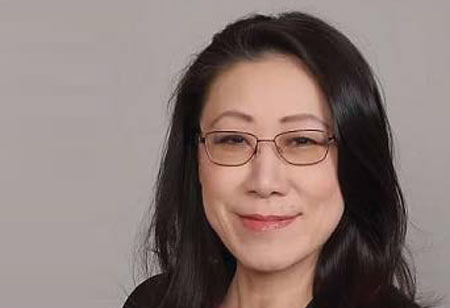Thank you for Subscribing to Healthcare Business Review Weekly Brief

Biosimilar Market Expansion and Healthcare Industry Sustainability
Healthcare Business Review
The year 2023 marked the end of COVID-19. In the aftermath of that unprecedented international health crisis, the healthcare industry began to refocus most of its effort on the treatment of other high-impact diseases and recover from financial losses sustained in the COVID-19 era. The year 2024 brings new hope for meeting these challenges. Oncology, immunology, and diabetes are the top therapeutic classes by medication spent in recent years. Scientific breakthroughs in targeted medications and gene and cell therapy are bringing new options for the treatment of multiple rare diseases, with the potential to provide for previously unmet needs of patients.
Many of these medications are large-molecule biological products. They come with a high financial burden for the healthcare industry and patients. For example, the FDA approved two new gene therapies for sickle cell disease in December of 2023. Both therapies cost more than $2 million per treatment course. In the United States, the total medication spending reached $429 billion in 2022. The compound annual growth rate of medication spending is expected to range from 5 percent to 8 percent over the next five years. This may result in global medication spending exceeding $2.3 trillion dollars by 2028*.
Health system pharmacy leaders should develop and implement innovative biosimilar utilization programs to improve the adoption of biosimilars and increase financial sustainability
Thus, biologic medication utilization management is key to the health industry’s financial sustainability. Since these biological medicines are made of large, complicated protein molecules, it is impossible to make completely identical copies of them. As a result, there are no generic products for biologics. Fortunately, there have been multiple biosimilars in the US market since 2015. These biosimilars are highly similar to the high-cost brand-name biologic reference products, with no meaningful clinical differences. They can be used in place of expensive reference products since they produce comparable clinical outcomes. As of February 2024, the FDA has approved 45. Of these 45 approved products, 38 have been launched and are currently available in the US.
These biosimilars are marketed at significantly lower prices than that of the reference products. Thus, the use of biosimilars can result in noticeable savings. On average, biosimilars are marketed at less than 50 percent of the reference product price, according to a 2022 report from the Association for Accessible Medicines (AAM). In the next five years, the savings from existing and new biosimilars are projected to reach $108 billion.
Biosimilars also create more competition in the market and help drive down the price of reference products. Biologics that have biosimilar competitors have seen a price drop of 25 percent on average. Lower acquisition costs lead to sizable savings for the healthcare industry.
Since the first US biosimilar launch in 2015, more than 13 billion dollars in savings have been associated with the use of biosimilars. This is a welcome relief from the financial losses sustained in the COVID era.
The lower price of biosimilars also reduces the out-ofpocket cost for patients. Johns Hopkins retrospectively analyzed claims data for filgrastim and its biosimilars. The introduction of biosimilars led to both short-term and long-term reductions in the out-of-pocket cost for patients. The lower cost improved patient access to these lifesaving biologics. AAM reported that biosimilars have been used in 364 million patient days since the first biosimilar launch in 2015. This includes 150 million more patient days of biologic therapy due to the availability of biosimilars. Biosimilar research and development have been exceedingly active. As a result, more than one hundred biosimilars are currently under development. Biosimilar development is expanding beyond cancer care medications into new therapeutic classes, such as ophthalmology, endocrinology, bone health, and immunology.
However, biosimilar adoption rates vary among therapeutic classes. The adoption rate for both curative and supportive cancer care biosimilars is much higher than the rate for immunology and ophthalmology biosimilars. The highly anticipated Humira biosimilar launches did not bring significant adoptions. Nine biosimilars to Humira were launched in 2023, but all those biosimilars together accounted for only 2 percent of the market share of this molecule last year. Payer preferences have been one of the biggest challenges for biosimilar utilization.
Although the acceptance of biosimilars in the US is slow compared to the European Union, the pace is increasing. For example, more payers favor biosimilars over the brand name Humira in the new year. CVS has confirmed that its health plans will favor Hyrimoz, a biosimilar to Humira, in 2024. Archimedes went a step further. They implemented the Biosimilar First program in January 2024. The program removed Humira from its formulary and, instead, preferred the lower-cost biosimilars. This program offers Archimedes patients biosimilars at more than 65% lower cost compared to the brand name Humira. This trend is expected to continue. IQVIA projected savings of up to $180 billion by 2027 from the utilization of biosimilars in oncology, hematology, immunology, and many other therapeutic areas.
In summary, biosimilar utilization has reduced biologic medication spending, improved health system financial sustainability, lowered patient out-of-pocket costs, and contributed to more affordable access to critical biologic medications. Health System pharmacy leaders should develop and implement innovative biosimilar utilization programs to improve the adoption of biosimilars and increase financial sustainability









